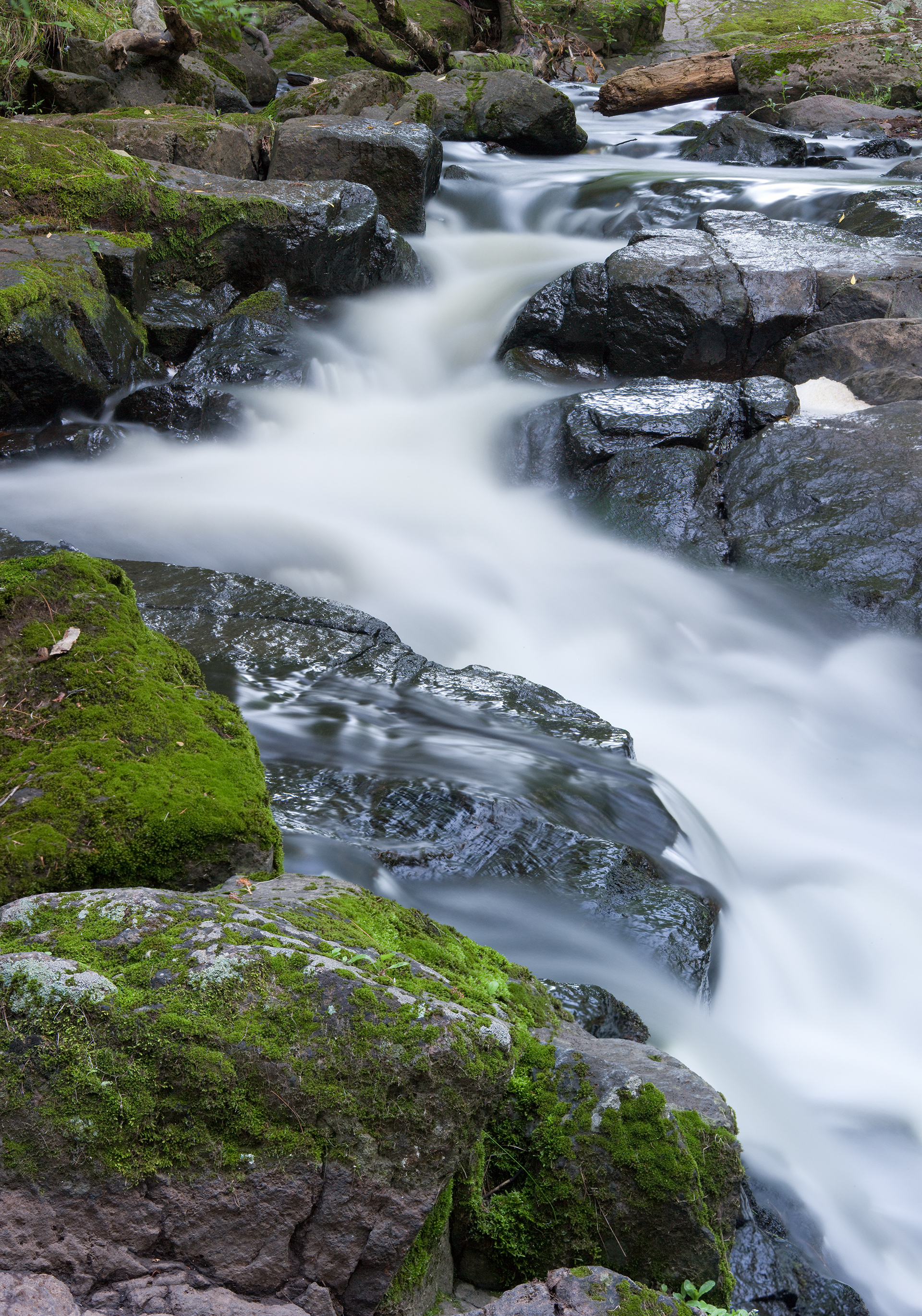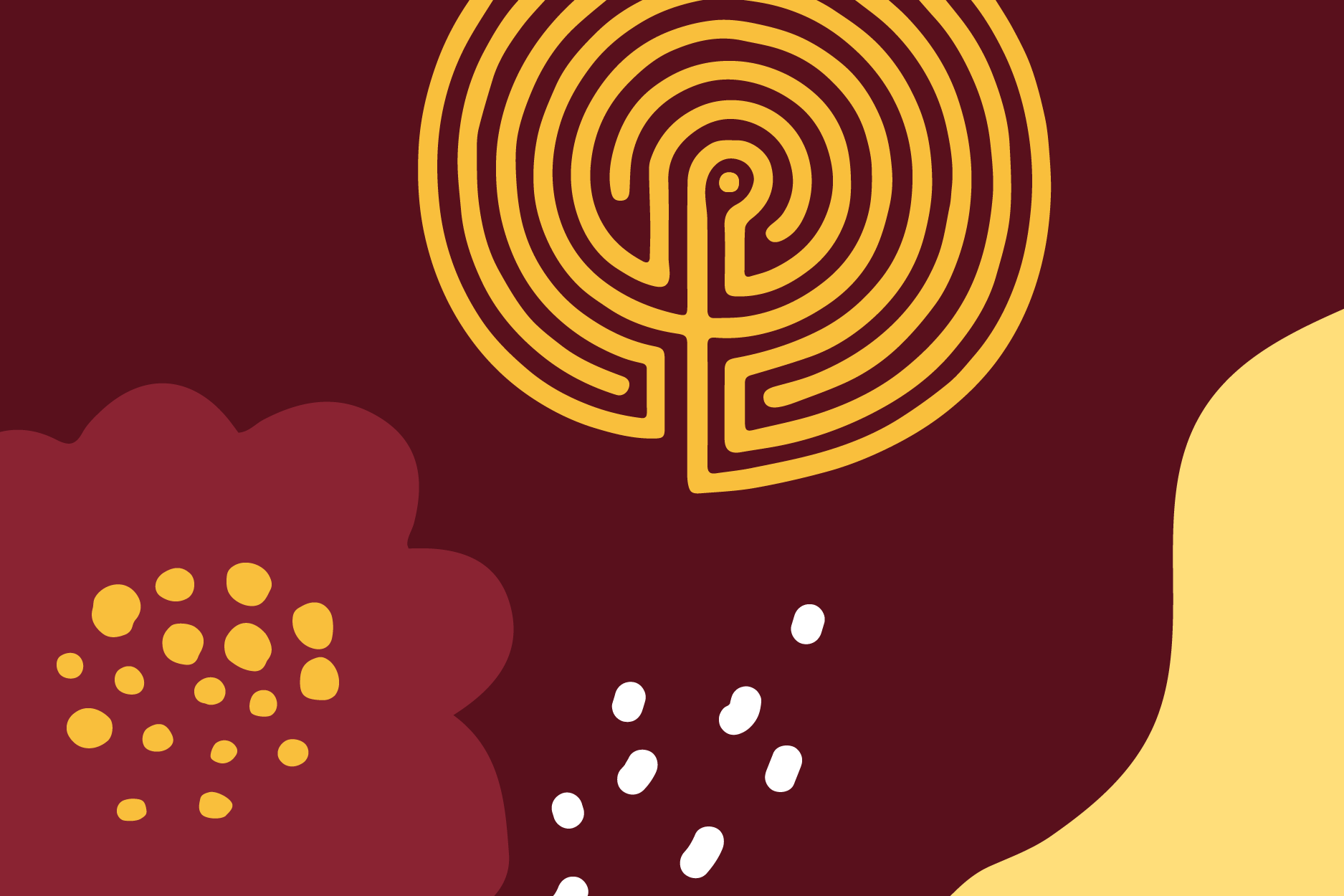The Healing Lens
I know of no better way to teach mindfulness than to give a person a camera and take them into the natural world; whether they use a cell phone or a top-of-the-line professional camera makes little difference because the results will be just as impressive.
January 2, 2024
Craig Blacklock

I know of no better way to teach mindfulness than to give a person a camera and take them into the natural world; whether they use a cell phone or a top-of-the-line professional camera makes little difference because the results will be just as impressive.
The healing lens of nature photography focuses their attention. Everything else that may have been troubling or distracting that day is replaced by what is before them at that very moment. All that exists right now is natural beauty and fully experiencing it with an eager sense of wonder.
I recently led a photo shoot on Minnesota’s North Shore, taking the participants to Palisade Head for sunrise. Golden light illuminated the cliff face rising out of Lake Superior, which reflected the dark blue clouds in the distance. From the moment the sun broke over the horizon until the light turned the harsh white of day, each participant was absorbed in the moment-by-moment changes.

Photography is a subtractive art. We have the entire chaotic world before us and must block out everything but a minuscule bit, organize it within the confines of a rectangular frame, then select a fraction of a second in time to share with others.
Our understanding of the environment we are in starts with basic geometric shapes—the flat line of the horizon, round rocks, the fractal patterns of trees, waves, or clouds. Our comprehension quickly goes from the large to the small until we finally take in the tiniest details. Along the way, we delight in discovering a repetition of shapes, which makes it easier for our brains to read a scene. Once one round object is discerned to be a rock, it is safe to quickly assume that other similar round objects are also rocks. Artists, whether making representational art or creating geometric abstractions, have long utilized fractal patterns and repeating shapes as primary design elements. Once we understand a pattern, anything breaking that pattern will stand out.

Anyone looking at this photograph of Jumbo Rocks at Joshua Tree National Monument will immediately see the repetition of the two round rocks standing out within a pattern of predominantly straight lines. A second later, the triangle of negative space beneath each rock may appear, and finally, the shadow repeating the shape of the pinnacle at the top of the frame. This is the order I noticed the elements of the scene when I made the photograph in 1984, only when I first saw it the shadow was shorter. It took me several minutes to set up my 5x7-inch view camera, but just before I was ready a cloud covered the sun. There was an excruciating period of waiting for the sun’s return, hoping it would come out again before the shadow lengthened over the edge of the rock it was cast upon. Talk about being IN THE MOMENT! Then, only long enough for me to make one exposure, it brightened, casting a shadow as a perfect duplication of the pinnacle.



